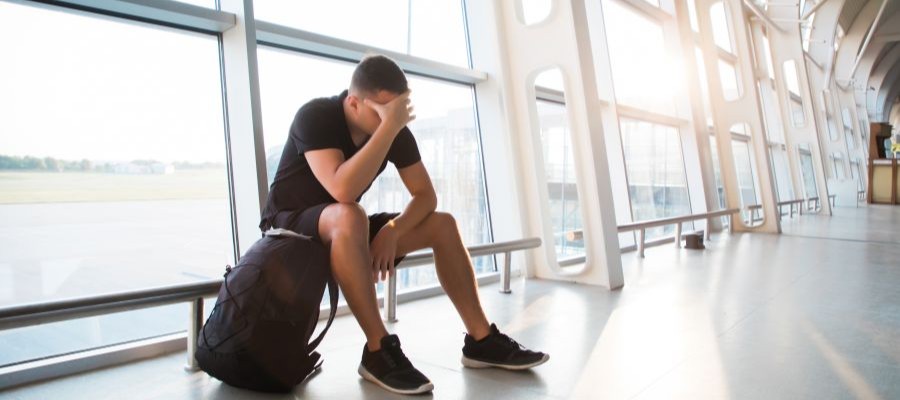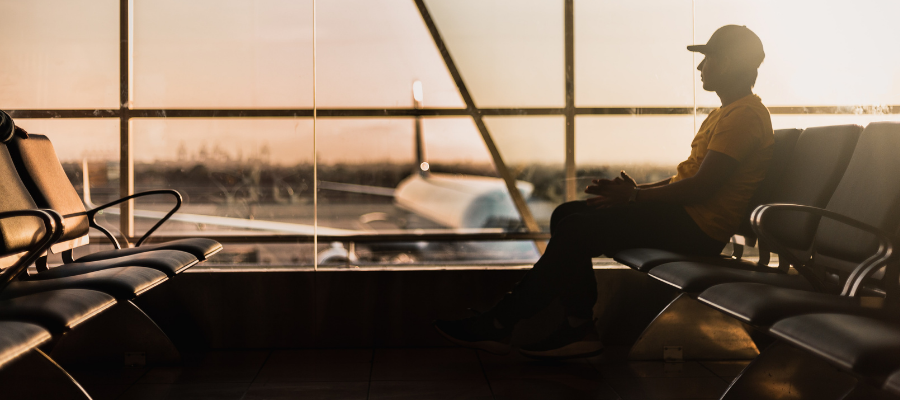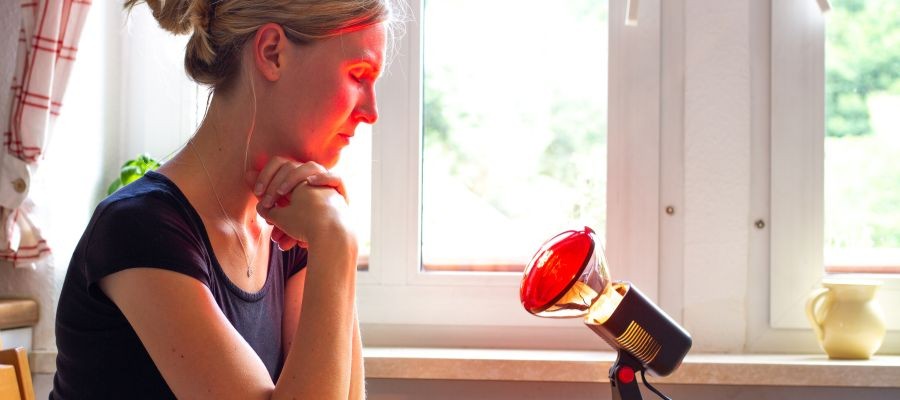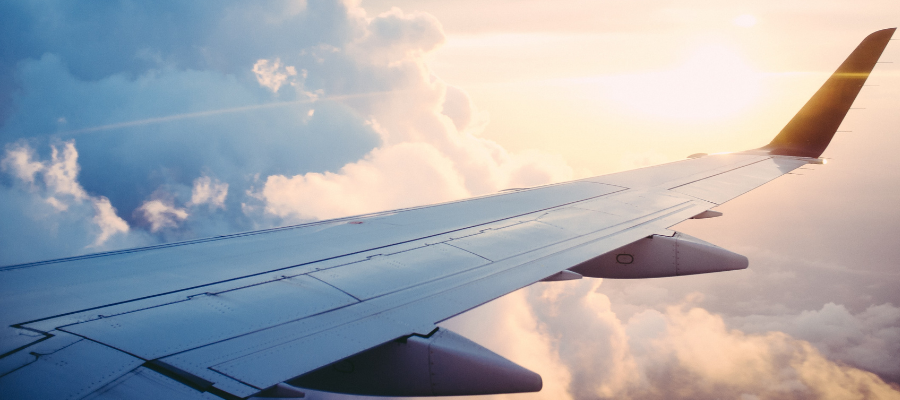Light box therapy for jet-lag
Jet lag is defined as a “condition characterized by various psychological and physiological effects (such as fatigue and irritability). Jet-lag occurs following a long flight through several time zones and results from disruption of circadian rhythms in the human body.
How jet-lag affects us
When you are experiencing jet lag, you may experience:
- Disturbed sleep – such as insomnia, early waking, or excessive sleepiness
- Daytime fatigue
- Difficulty concentrating or functioning at your usual level
- GI issues – constipation or diarrhea
- Mood changes
- A general feeling of not being well, including dizziness
What causes jet-lag?

Jet lag involves the Suprachiasmatic nucleus (SCN), located just below the hypothalamus at the base of the brain. Within the SCN, there is a group of neurons that controls REM sleep and another group of neurons associated with deep sleep and the effects of physical fatigue. When these two separate but linked groups of neurons are out of sync, you may experience jet lag.
Typically, people experience worse jet lag symptoms when they travel quickly across multiple time zones (going through 1 or 2 time zones is usually fine) and when traveling eastward.
How exposure to light can minimize jet-lag
There are several things you can do to prepare for long-distance travel or reduce the time it takes to adjust to the time in your current location.
Among those is to, upon arrival, get outside and into the sunlight. Our natural internal clocks, or circadian rhythms, are directly influenced by sunlight or more specifically blue light.
The quicker our circadian rhythms get back in sync, the sooner jet lag symptoms will subside.
READ ALSO: The Importance of our Circadian Rhythm

Light box therapy for jet-lag
Lightbox therapy can effectively reduce the time you experience jet lag by more quickly getting your circadian rhythms in sync again.
The best results happen when light and melatonin supplements are used together. Please note that melatonin is not FDA approved or regulated as a treatment for jet lag. If you have any questions or concerns, please consult your doctor.
Suggested light therapy schedule for jet-lag
One schedule to try involves using light box therapy before departure and upon arrival at your trip destination. For example, try using a light box in the evening, 2 hours before sleep for 2 nights before you depart for your overseas. Also, shift your bedtime by 2.5 hours for those two nights.
The day before you depart, avoid bright light upon waking by sleeping in a dark room or using an eye mask. Continue to use the lightbox before bed for the first 3 evenings after arrival.
For about 5 to 7 days, as you near the end of your trip, begin using a melatonin supplement (0.5 to 3mg) 3 hours before sleep and incrementally bring your bedtime earlier by an hour.
Get outside into bright sunlight or use a lightbox upon waking to help shift your circadian rhythm back to the time zone you will be returning home to.
Keep in mind that traveling east incurs more severe jet lag symptoms than westward travel.
Adjust your time zone

Often, our personal, social, and work commitments require us to be awake and active during the times we could be preparing for a transcontinental flight and the necessary steps to reduce jet lag. As best as possible, keep in mind that we need to adjust about 1 hour for every time zone crossed:
- If you are flying WEST, you will need to reset your internal clock one hour LATER for each time you will cross.
- If you are flying EAST, you will need to reset your internal clock one hour EARLIER for each time zone you will cross.
Light flashes instead of light therapy boxes?

Another approach to light therapy and jet lag is to use flashing lights instead of continuous light.
Researchers at Stanford have found that quick flashes of light – 2-millisecond flashes, similar to a camera flash – 10 seconds apart delayed sleepiness by almost 2 hours. Study participants exposed to continuous light experienced a delay in sleepiness by only 36 minutes.
For example, if you are flying East from California to New York and need to wake up at 8:00 am, you would set the flashing lights to begin at 5:00 am.
In this way, your internal clock has already started to shift to East Coast time before you arrive, decreasing the effects of jet lag.


